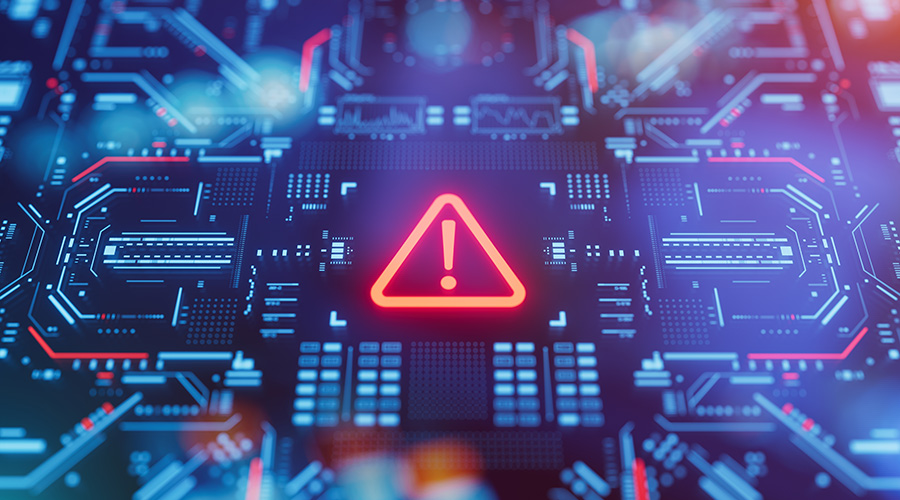|
|
|
The Electronic Healthcare Network Accreditation Commission (EHNAC), a non-profit standards development organization and accrediting body for organizations that electronically exchange healthcare data, today announced its support of the Health Care Industry Cybersecurity (HCIC) Task Force's June 2 report to Congress titled Report on Improving Cybersecurity in the Health Care Industry and the recommendations therein.
The Health Care Industry Cybersecurity (HCIC) Task Force was established by the Department of Health and Human Services (HHS) in March 2016 per the Cybersecurity Act of 2015, Section 405(c). EHNAC applauds HHS and the expert panel of subject matter experts on the HCIC Task Force who contributed to develop these recommendations to strengthen the privacy and security of U.S. healthcare data. The pace of technology is rapidly changing which coincides with increased threats and actual breach incidents occurring.
"The incidence of cyberattacks across healthcare have more than doubled in the last five years, and it's estimated that data breaches cost the healthcare industry $6.2 billion annually," said Lee Barrett, executive director, EHNAC. "This report - and most importantly its recommendations for action contained in Appendix A - together with the National Institute of Standards and Technology (NIST) framework, and the important work of accrediting and certification bodies such as HITRUST and EHNAC, can collectively contribute to transform the HCIC recommendations into attainable and operational actions across the healthcare industry."
Most importantly, the HCIC has identified within the report and recommendations the following premises:
Specific examples where the HCIC Report recommends scalability are as follows:
Specific examples where the HCIC Report recommends education and communication are as follows:
For more information on EHNAC's cybersecurity efforts within the industry, see the primer on "Cybersecurity Protection in Healthcare: How Accreditation Can Mitigate Your Risk" on the EHNAC website.
|

 Making the Energy Efficiency Case to the C-Suite
Making the Energy Efficiency Case to the C-Suite How to Avoid HAIs This Flu Season
How to Avoid HAIs This Flu Season Design Phase Set to Begin for Hospital Annex at SUNY Upstate Medical
Design Phase Set to Begin for Hospital Annex at SUNY Upstate Medical Building Hospital Resilience in an Era of Extreme Weather
Building Hospital Resilience in an Era of Extreme Weather Ennoble Care Falls Victim to Data Breach
Ennoble Care Falls Victim to Data Breach